Happy Spring Equinox everyone! A time-honoured by our ancestors and all of mankind since time immemorial and marked out by great celebrations, and astrologically aligned monuments, to mark the occasion of the Sun’s triumph over the darkness of Winter.
Today is the first ‘equal-night’ of the year, technically making it the first true day of Spring according to tradition; although the weather across Europe right now wouldn’t have you believe it! That’s because this is what’s called the “astronomical” first day of Spring, which differs from the “meteorological” which uses temperatures and other measures.
Today is the day that the Sun crosses the celestial equator, an imaginary line in the sky which matches the Earth’s equator, moving on in its annual journey from south to north.
It gets this name, from Latin, because it marks the time when day and night, lightness and darkness, stand equal in length to each other and it occurs again on September 23rd as the Autumnal Equinox. However, it is not entirely an “Equal Day & Night”, but it’s pretty close.
On the equinoxes the Sun shines directly on the equator and the length of day and night is nearly equal – but not quite.Along with the Winter and Summer Solstices, these four events mark the quarters of the year. As you read this the balance between night and day is gradually making its shift away from longer dark nights to longer days of sunlight. New life bursts out across the entire landscape, daffodils and spring flowers begin to bloom and the lambing season begins.
As you might guess, it has traditionally been a time for celebrating rebirth and fertility in the Northern Hemisphere.
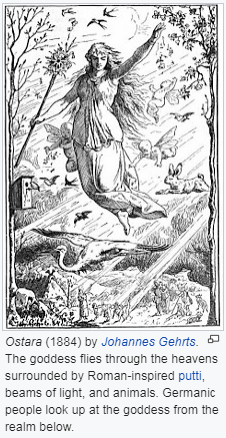
In ancient Rome, it was a tradition to plant seeds on this day, a custom which still persists in some areas including Sicily. In India, they will celebrate Holi, the festival of colour, soon. In Iran, they have Nowruz, or ‘new day’, celebrations to mark the Persian new year. In another new year’s celebration, Thailand will enjoy it’s Songkran Water Festival; “Songkran”, meaning “astrological passage”. It is also the time of Passover for the Jews and the time when Christians celebrate the resurrection of Christ, the foundation of their faith, on the Sunday following the paschal full moon. The paschal full moon is the ecclesiastical full moon following March 20th. The ecclesiastical full moon is formally the 14th moon in the lunar month calendar and since the calendar date changes from year to year, Easter Sunday has been called the “moveable feast”. Of course, “Easter” has much earlier pre-Christian origins in the form of Ostara or Ēostre; name after a Teutonic goddess of Spring and fertility. Like with Christmas (falling immediately after the Winter Solstice) many of the traditions which are associated with this astrological occurrence have a pre-Christian origin.
The early Irish (if we can call them that) builders of the great Neolithic and Megalithic mounds were clearly very in tune with this passage of the sun through the year. The standing stones and great man-made mound are a testament to this. Many people are already aware that Newgrange, in County Meath, is a Winter Solstice site. Its passage fills with the light of the rising sun on December 21st. But fewer are aware that one of its sister mounds in the Boyne Valley was constructed as an Equinox site.
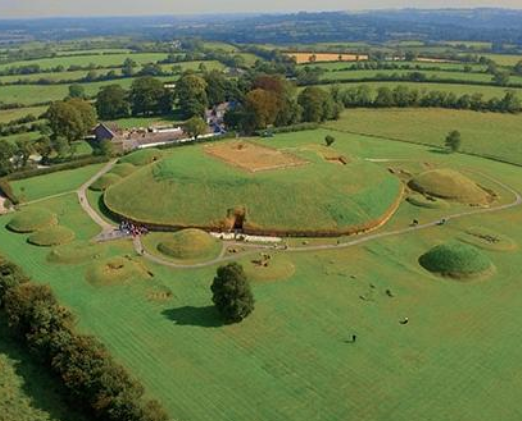
“Knowth (Irish: Cnóbha) … is about 12 metres (40 ft) high and 67 metres (220 ft) in diameter,[1] covering roughly a hectare. It contains two passages placed along an east-west line and is encircled by 127 kerbstones, of which three are missing, and four badly damaged.
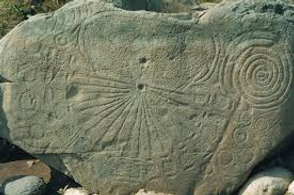
The east-west orientation of the passages at Knowth suggests astronomical alignment with the equinoxes.
The alignment at Knowth does not occur today. This is due to a number of factors. First of all, the passages were discovered by later settlers and were, to some extent, destroyed or incorporated into souterrains.
In this way the original entrances to the passages were distorted or destroyed, making it difficult to establish if an alignment ever existed. Further, the recent excavations (1962 onwards) under George Eogan resulted in the erection of a concrete slab wall inside the mounds west entrance, restricting any investigation into the possible alignments. It seems likely that the passages were intended to align. Also, the alignments of ancient monuments can change due to Milankovitch cycles.”
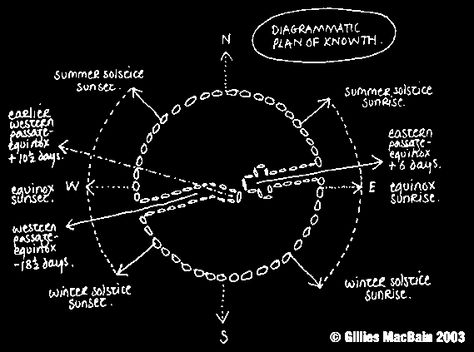
The damage done to this great site is tragic and lamentable, but it is more so with their third sister, Dowth. Poorly planned excavations led to the implosion of this ancient place, the second oldest after Newgrange.
However,
“Dowth shares a special solar celebration with neighbouring Newgrange during the winter solstice. Martin Brennan, author of The Stars and the Stones: Ancient Art and Astronomy in Ireland – Thames and Hudson 1983, discovered the remarkable alignment during the course of his ten-year study in the Boyne Valley. From November to February the rays of the evening sun reach into the passage and then the chamber of Dowth South. During the winter solstice the light of the low sun moves along the left side of the passage, then into the circular chamber, where three stones are lit up by the sun. The convex central stone reflects the sunlight in to a dark recess, lighting up the decorated stones there. The rays then recede slowly along the right side of the passage and after about two hours the sun withdraws from Dowth South.”
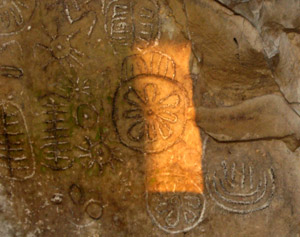
Another striking example can be found in Loughcrew, Cairn T., also to be found in Country Meath. A 5,000 year old site which, like Knowth, was built to align with the Spring and Autumnal Equinoxes. But, unlike Knowth, Loughcrew’s alignment can thankfully still be witnessed to this day.
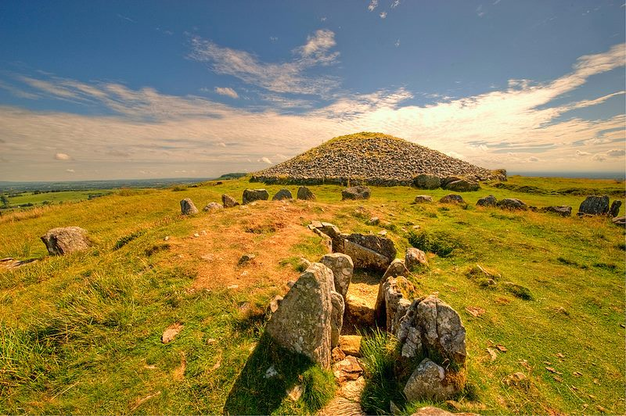
One last, but not the final, example of an Equinox alignment is to be seen in the spectacular construction found in the Inishowen Pennisula of County Donegal, known as the Aileach Grianan; once thought of as the capital of the northern Ui Neill, the dynasty descended from Niall of the Nine Hostages who ruled Ireland as high-kings for many hundreds of years until the coming of Brian Boroimhe, or Brian Boru.
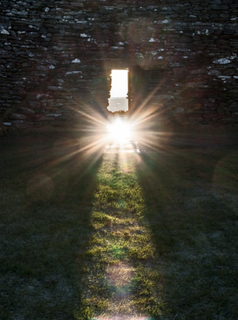
“The site of the Grianán of Aileach has been known by many names over its long history: Aileach; Aileach Neid; Aileach Frigrinn, Aileach Imchell; Grianán Ailigh and Aileach of the Kings.
The word Aileach has a long history and is found both in Ireland and Scotland.
Both Petrie and Lacy suggest that it comes from an adjective derived from old Irish “Ail“, which means a rock, stone or boulder. Lacy conduces that Aileach therefore means either stony or stone place.
Petrie goes further by saying it means stone house or habitation. In the same vein, Lacy suggests the etymology of the word might derive from “Ali Theach” meaning stone house.
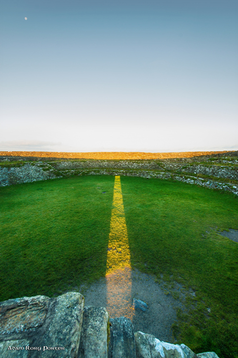 However, Lacy’s primary translation seems more plausible due to the name Aileach originally coming from Aileach Mór which is mentioned in the chronology section.
However, Lacy’s primary translation seems more plausible due to the name Aileach originally coming from Aileach Mór which is mentioned in the chronology section.
The name may have come from the rocky nature of the area or possibly acts as a description of the stone cashel itself.
The word Grianán means sunny place.
It was appropriated by the early Irish to mean a place with a view. This is probably the sense in which the word was used to describe the Grianán under discussion.
An earlier theory was that the word meant “temple of the sun”. This theory has not been substantiated.
There is much evidence that the word was constantly used in a figurative sense to signify a distinguished residence or palace. Perhaps, if interpreted in this sense it may mean that if one is in the presence of a king, one will always be in a sunny place.
The best summary one can contrive from the etymological breakdown of the name is that it means ‘The Stone Palace of the Sunny View’.”
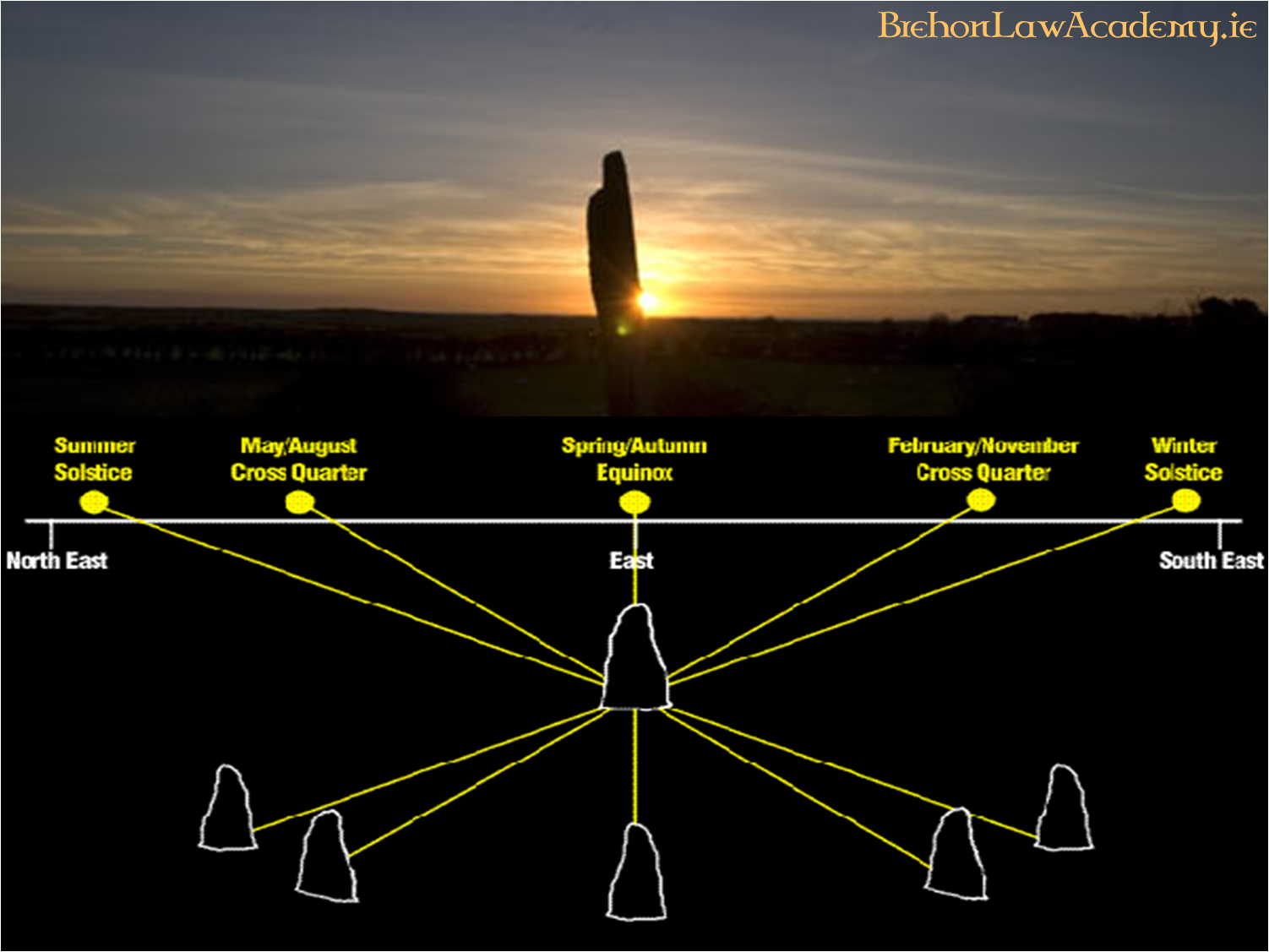
It, too, has astrological significance to be witnessed during the equinoxes (though it seems to be more closely associated, and aligned to the Autumnal rather than the Spring Equinox, it is still worth mentioning in this post), and some have suggested it may also have lunar alignments. Pictures and aerial videos of the Ailech are strikingly beautiful and can’t but force the mind to ponder ancient times and to wonder at the sort peoples who constructed these sites.
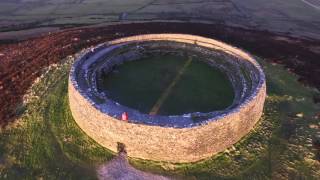
It is undeniable that these annual astronomical milestones were of deep significance to the Irish’ ancestors.
For me, this is a time of reflection and planning. Setting my intentions for the coming months and the rest of the year.
I wish you and yours a joyful and bountiful Spring, wherever you may be.
Sources:
timeanddate. com/calendar/spring-equinox.html
history. com/topics/holidays/history-of-easter
travelchannel. com/interests/arts-and-culture/photos/spring-festivals-around-the-world
en.wikipedia. org/wiki/Ēostre
en.wikipedia. org/wiki/Knowth
en.wikipedia. org/wiki/Dowth#Astronomical_alignment
knowth. com/loughcrew-equinox.htm
https://en.wikipedia. org/wiki/Grianan_of_Aileach
unknownswilly.wordpress. com/category/alignments/lunar-alignment/

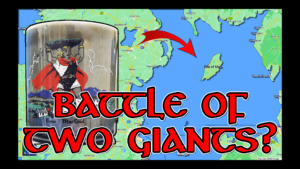
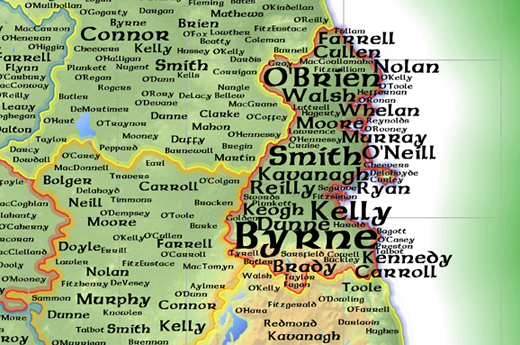
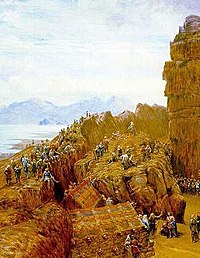
Pingback: Builders, Kings, and Astronomers: 5 Ancient Sites to Explore the Ingenuity of Ireland’s Ancestors – The Brehon Academy
Pingback: Builders, Kings, and Astronomers: 6 Ancient Sites to Explore the Ingenuity of Ireland’s Ancestors – The Brehon Academy
Pingback: The Old Religion and the Druids: Lifting the Veil on the Mysterious Priests of Early Ireland - The Brehon Academy